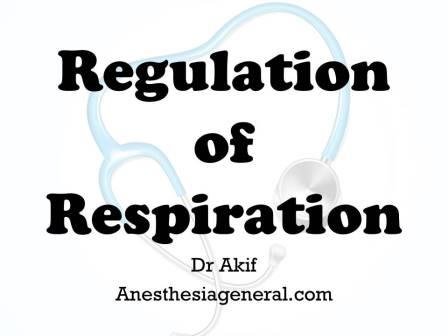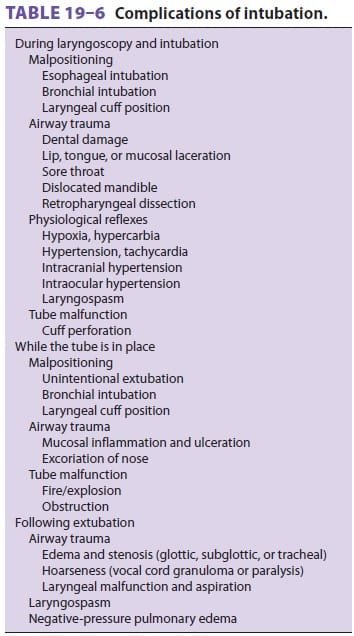Flow Volume Loops
Flow Volume Loops are more sensitive and informative in detecting pulmonary diseases than conventional spirometry. Modem microprocessor controlled recording spirometers automatically generate these flow volume loops. The following are the parameters that are assessed in the Flow volume loops. TV= Tidal volume IRV = Inspiratory reserve volume IC = Inspiratory capacity ERV = Expiratory reserve […]



